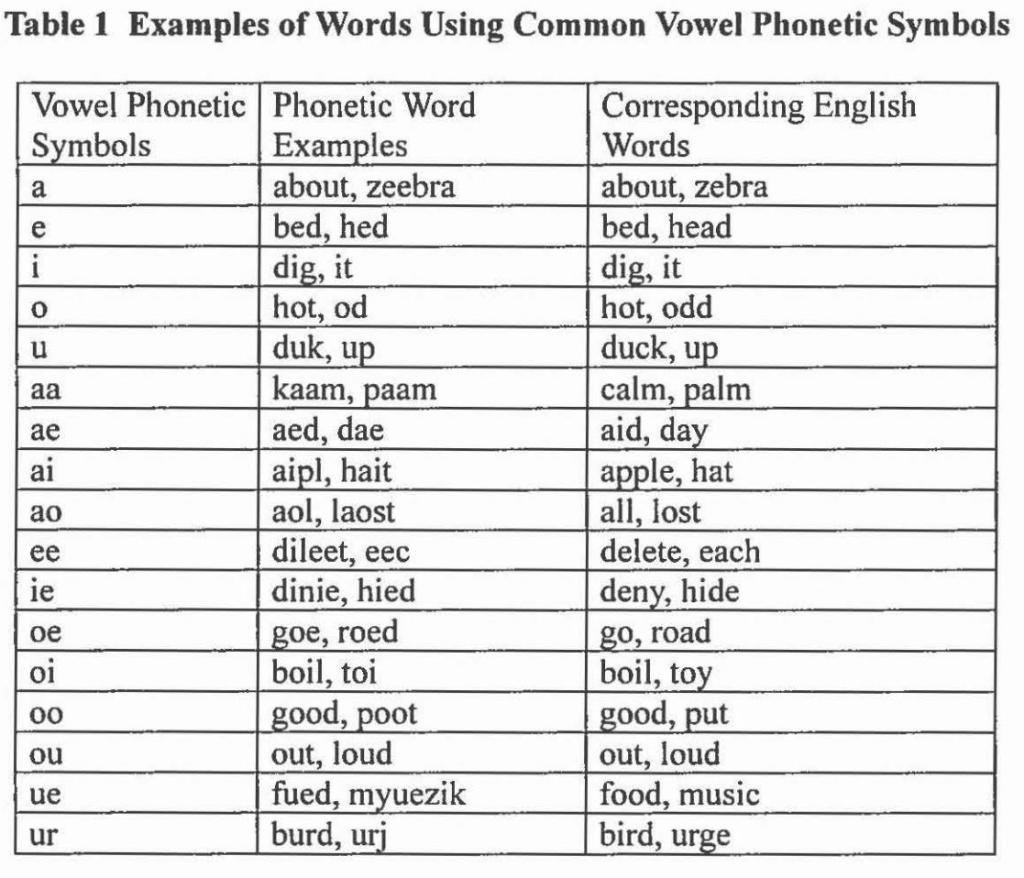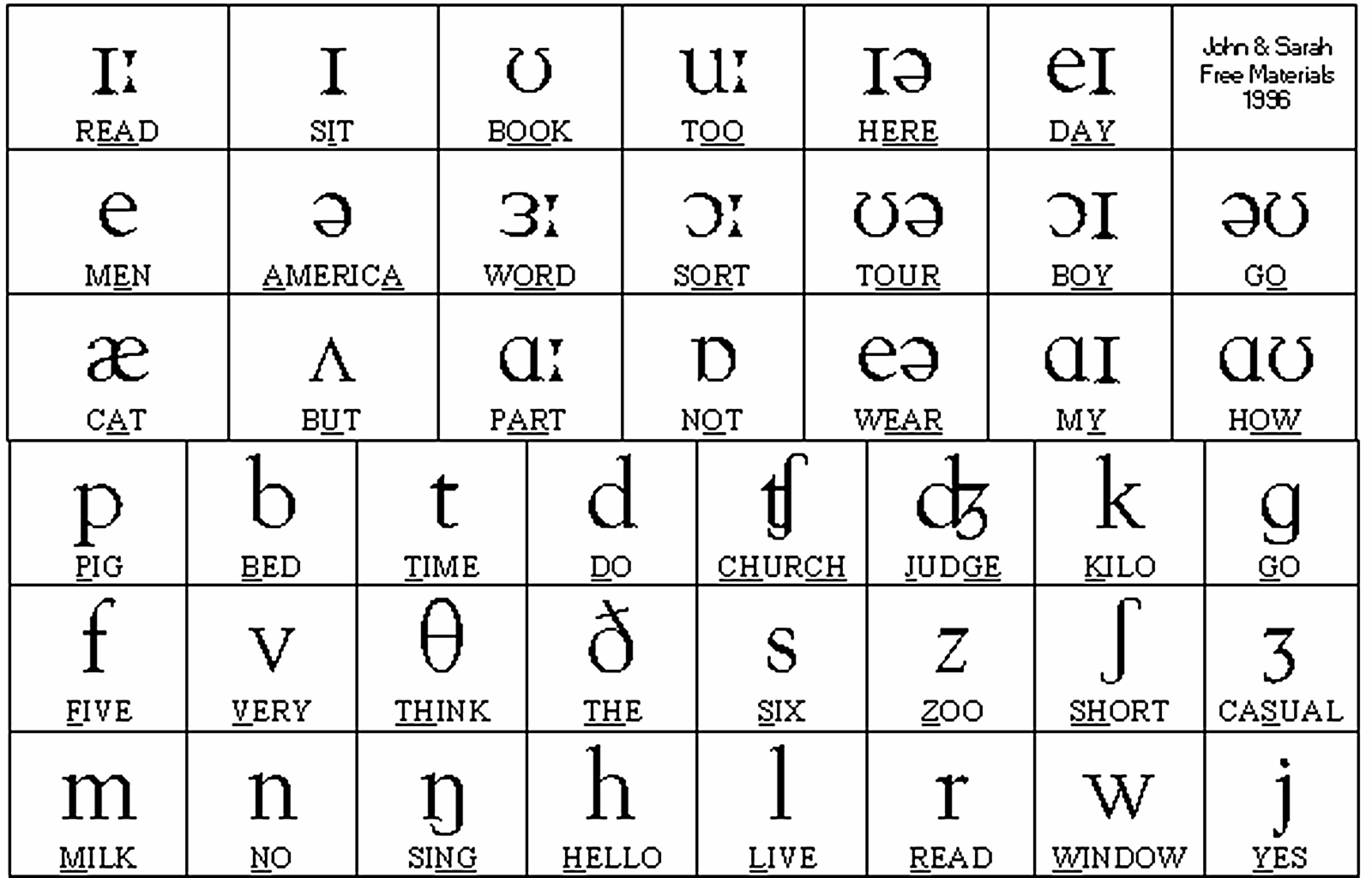

(Compare the older, non-IPA, dictionary tradition, where it was shown by the mark ´ after the syllable.) Primary stress is shown by the mark ', placed before the syllable concerned. Likewise, there is no disagreement among IPA users about the symbols for word stress (although there may well be disagreement about the analysis of secondary stress). For Scottish, Welsh and foreign words there is also /x/ ( lo ch) available. Everyone agrees that we give the symbols /p, t, k, b, d, f, v, s, z, m, n, r, l, w, h/ their usual values as in ordinary spelling. The transcription of English consonants in IPA is not subject to any disagreement. Since then, many others have followed suit. The first native-speaker dictionary with IPA may have been Collins English Dictionary (first edition 1979). This was in response to market forces, since specialist teachers of pronunciation for EFL had been using IPA for many years. The earliest general dictionaries to adopt IPA seem to have been dictionaries aimed at learners of English as a foreign language: the Oxford Advanced Leaner's Dictionary (first edition 1948), the Longman Dictionary of Contemporary English (first edition, 1978). The only dictionaries that did use IPA were specialist pronunciation dictionaries, notable Daniel Jones's English Pronouncing Dictionary ("EPD", first edition 1917). Instead, they used (if anything) various respelling schemes. Until relatively recently, English dictionaries did not use IPA. Our focus here is on British English dictionaries and how they indicate the pronunciation of each headword. There are over a hundred of them any given language normally needs to exploit only a small subset. The symbols currently recognized by the IPA are set out on the Chart of its Alphabet. Transcriptions intended to be used by native speakers of a language may well differ from those intended for foreign learners indeed, different groups of foreign learners may have rather different requirements. Specifying the pronunciation of a headword in a dictionary is one thing transcribing a specimen of running speech, making notes in linguistic fieldwork, or annotating an acoustic display may each require something rather different. In practice, the system that people use may well depend on the purpose for which they use it. It does not prescribe transcription systems for particular languages. The IPA offers a set of symbols, and some general guidelines for their use.

No one can impose a given transcription scheme on an author, although most authors have the common sense to adopt a widely-used scheme rather than invent one of their own.

The reasons for the fact that there are several such schemes can be summed up in the term academic freedom. They feel that since phonetics is a science there should be just one pronunciation scheme for a word. People are often surprised to find that not all authorities who claim to use the IPA transcribe the same words in the same way. The International Phonetic Alphabet (IPA) is widely used for the transcription of English and many other languages. This article has now been published in PG Bulletin, the bulletin of teachers of English phonetics in Chile and abroad, No. If you cannot see the phonetic symbols in the text, go to the SAMPA version, where they are replaced by ASCII equivalents.


 0 kommentar(er)
0 kommentar(er)
